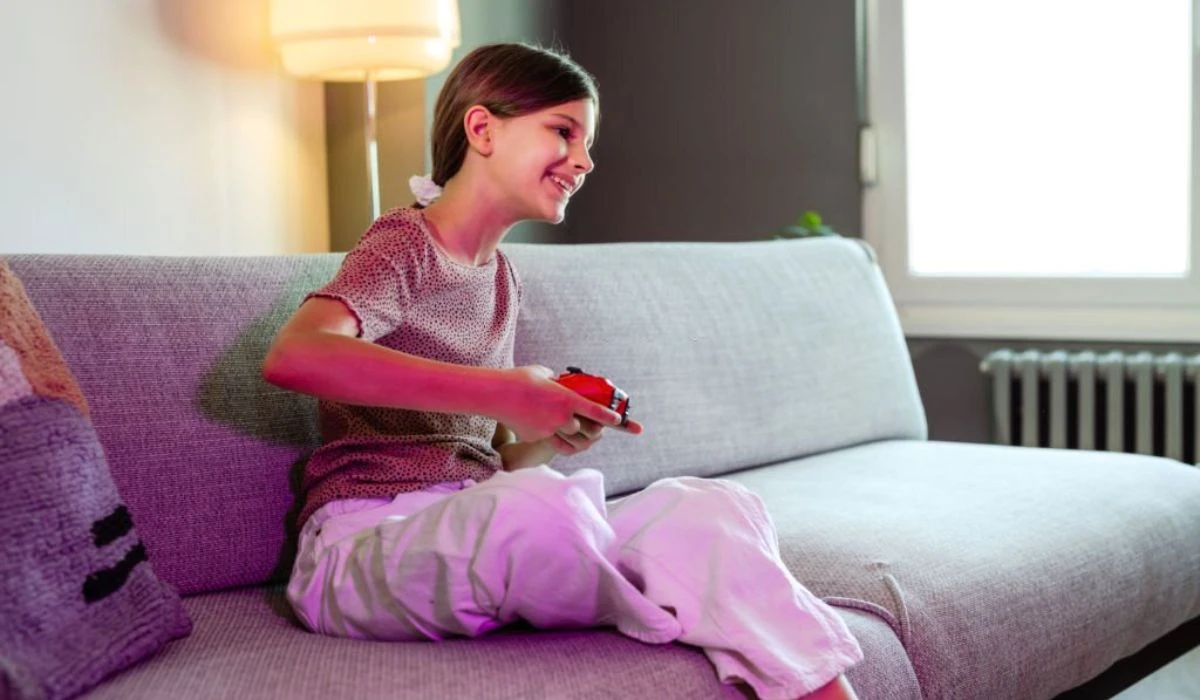Gamification has been seen, over time, to turn around motor recovery in children. As a system that involves the strategic attempt to enhance systems, services, organizations, and activities by creating a look-alike experience that can be likened to those seen when playing games, gamification has been seen to motivate and engage its users.
In simple terms, gamification is adding games or game-like mechanics to non-game environments or activities to achieve specific purposes.
It can be a website, an online community, a learning management system or structure, or a business-like connection (like an intranet) used to increase participation, especially among children.
The end goal, most times, apart from engaging with consumers and employers, is to partner and inspire collaboration, motor interaction, and cognitive skills, especially in children’s physical recovery.
Gamification In Pediatric Sports Rehabilitation
According to a neuroscientist, Dr. Zachary Fitz Walter, gamification is the application of game-design elements and game principles in non-game contexts.

For him, this principle can be a set of activities and processes to solve problems by using or applying the characteristics of game elements.
In the past, games and game-like elements have been used to educate, entertain, and engage readers for hundreds of years. Games such as badges, points, and leaderboards have also been identified as powerful tools used to build cognitive and motor skills through motivation.
Walter noted that points were used as visual identifiers of progress in sports, reward cards, and video games. Badges display achievement, whether from service in the military or a gold star on a school report card.
Many experts have argued that gamification is an interactive and engaging game-based rehabilitation tool that matches the abilities of the participant; it could provide variation and attractiveness, thereby facilitating the recovery of residual motor and cognitive function.
In function, we have seen that when fine-tuned, it can aid physical rehabilitation approaches, as it combines knowledge from the fields of neuroscience and game design.
Also Check: The Future Of Tele-Rehabilitation: Revolutionizing Healthcare
Elements Of Gamification In Pediatric Sports Rehabilitation
Gamification is a well-known term in scientific research and is used in a range of professional areas.
The use of game mechanics, also known as tools for creating gamification, has been identified by pediatric neurosurgeons as very essential, noting that it may lead to an engaging and motivational tool for recovery.
However, these experts have noted that the use of game designs in therapy differs from the use of motor-enriching tools (such as toys) in physiotherapy for children.
In interactive game design, for example, an online medical resource, Paediatric Physical Therapy, noted that a context is created in which the therapist observes and treats a case in isolation using a virtual environment.
The game mechanics must be seen as a tool kit to provide an extra layer of motivation for the training.
As it stands, there is a lacuna between the way exercises are being practiced in therapy and facts from both basic investigations on multisensory approaches and the role of reward systems in games.
This means that with the gaming system of rewards for hard work, children have been seen to recover faster, as gamification serves as a kind of value therapy to create an attractive and challenging setting for the child to surmount.
However, individual therapists can expand their “toolkit” to bring variation and charm to the calisthenics to prevent boredom.
Implementation For Optimum Result
What makes gamification different and very effective in physical therapy, especially in pediatric sports rehabilitation, are the characteristics of charisma, motivation, and engagement.
However, these do not guarantee the intended healing effect of the interventions.
These characteristics are nonetheless important variables in physical therapy interventions, as they have been shown over time to involve the reward-related system that powers the child’s brain and facilitates learning through long-term brain connections.
Many child developmental experts have proposed ways in which game designs and approaches can be applied to therapy development by crafting or creating physio- and psychotherapy sessions in ways that trigger physical and brain behavioral patterns required for treatment and neurological recovery.
Improved game knowledge among therapists and improved communication between therapists and game designers can further build a better experience for the children and lead to a fresh path in designing applied games with specific therapeutic input, thereby making gamification in therapy a realistic medical experience.
In addition to other innovative ways like interactive virtual reality and the use of tablets and mobile computers, gamification can provide a better opportunity to combine insights from fundamental neuroscience, gaming designs and theories, and clinical practice.
This shows the strong potential of game design principles to generate more inspiration for therapy.
Read More: Augmented Reality In Sports Pt: How Is It Reshaping Sports Physical Therapy?